Politics in Antonio Arráiz’s Tío Tigre and Tío Conejo.
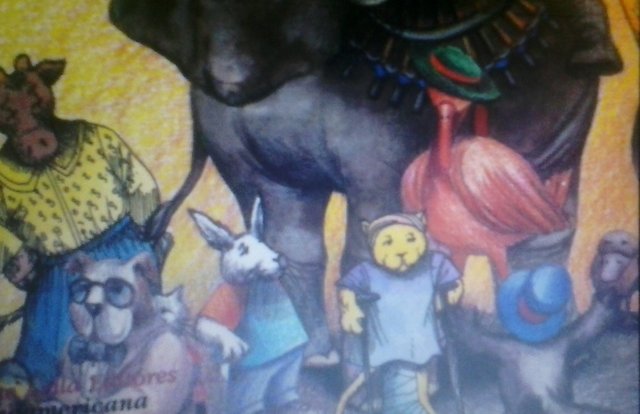
From Aquiles Nazoa's Libro de los Animales. Monte Avila Editores. Illustrations by Marcela Cabrera. Photos of my copy
Arráiz’s book is a collection of seven stories, one of which (“La Cucarachita Martina”) has nothing to do with Tío Conejo. However, this unrelated story is framed in the same socially sophisticated fabled animal world in which “animals assume the representation of individual types in our society according to their own nature, appearance, or the value given to them by the Venezuelan people’s tradition” (Araujo & Sambrano 95). Arráiz is more aggressive in revealing the racial and class tensions represented through the interaction of animals. In Arráiz’s world, class issues overlap race. Giving Venezuela's heavily mixed race, the animals in Arráiz’s stories struggle for social status and power instead of racial dominance.
Although Tío Conejo is the main character in Arráiz’s book, the author has transformed him into an almost supporting character. He has become only a mediator whose acts are questioned and even rejected by both the weak majority who see them as threats to their security, and by the strong minority, led by Tío Tigre, who is not willing to negotiate his privileges peacefully. Every time the interests of those animals referred to as inferiors meet with the interests of the so-called superior animals, confrontation occurs. Consequently, animals that are considered racially inferior see their racial inferiority washed out once they achieve social status. As they become allies of the strong and superior animals, their position in relation to their fellow animals changes.
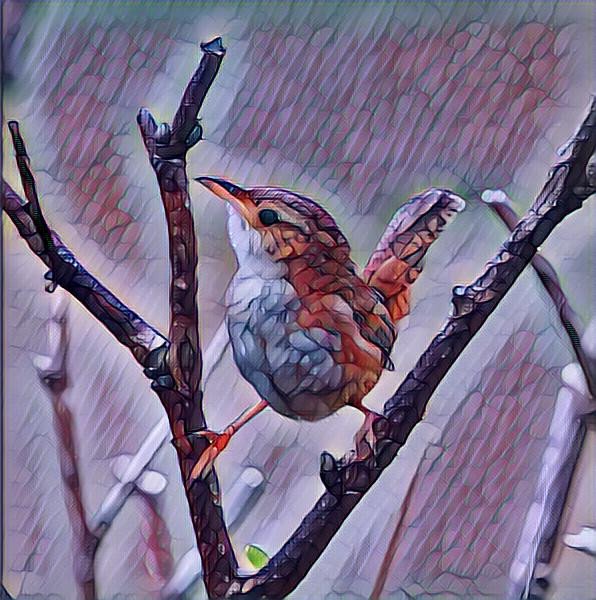.jpg)
Cistothorus platensis. Wikipedia Commons. Modified in Fotoram.io
In
“El Pobre Cucarachero”
Arráiz opens the story with a description of a hard rain in the forest. The zamuros, complain about not having a house or some other form of protection from the natural elements. Some other animals, who consider the buzzards inferior and vulgar, undermine their complaint by arguing that every year they promise to build their houses and never do it. They either blame the rain in the winter or else, they blame the scorching heat in the summer (25). This is Arráiz’s first punch at the existing social order that characterizes the Venezuela of the 1940s. Social stratification and stereotyping: “poor people are poor because they want to” or “poor people are lazy.”
When the heavy rain stops, the buzzards find a Cucarachero, a small singing bird that has been injured by it. They adopt him. This action raises criticism in the animal community because, after all, “what an example is this poor bird going to follow?” they wonder, considering how disgusting, tasteless, and vulgar buzzards are. Pressed by the critics, the buzzards gave the bird up. A group of female animals take care of the little bird, which happened to be not only a gorgeous singer and composer, but also a poet. This charmed the ladies, but the male animals were outraged, “what was the use of all that poetic rubbish?” They wanted to get rid of the Cucarachero, but Tío Tigre intervenes. He was the political leader of the community and thought that this bird’s rhetoric might serve his interests.
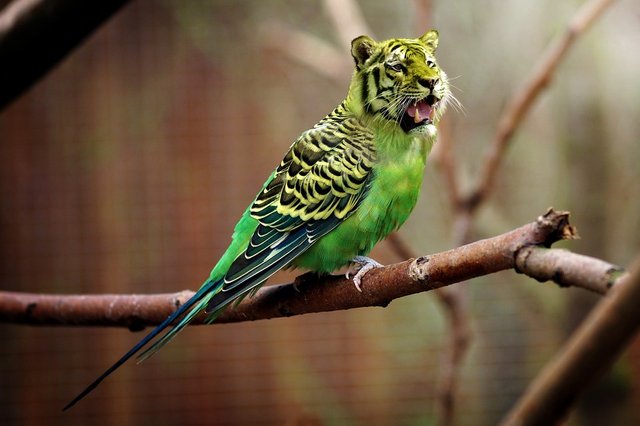 Source
Source
Disdain for intellectuals, unless they were in the service of the caudillo in office, was characteristic of the repressive regimes that dominated the first half of the XX century in Venezuela. Arráiz himself, as well as his partners from the Generación del 28, had been a victim of dictatorial regimes.
The Cucarachero becomes Tío Tigre’s secretary. He writes his letters and speeches, and orders his documents. Thanks to the Cucarachero Tío Tigre elevates his discourse and becomes even more respected and admired. For the animal community, he becomes not only the fearful military leader, but also a great orator. Intellectual abilities in Venezuelan history are appreciated as long as they are accompanied with a “iron fist”. Rómulo Gallegos, the most prominent intellectual ever to occupy the presidency of Venezuela, was never seen as a respectable and strong political leader. He lasted only a few months in office.
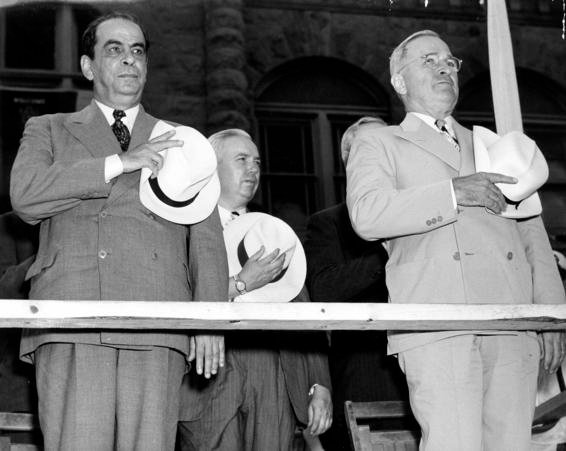 Source
Source
President Gallegos with President Harry Truman
When Tio Conejo learns about Tio Tigre’s unashamed exploitation of the Cucarachero, he decides to talk to “the secretary”. He persuades the bird that he is too brilliant to ruin his reputation with such a patron. The Cucarachero decides that he is better off without Tio Tigre, and wants to quit, but Tio Tigre does not allow him to renounce. Then Tio Conejo decides to take other measures. Tío Tigre wanted to court the Dama Viudita, an exotic macaw-like female bird and asked the Cucarachero to write a love letter to her. The Cucarachero wrote an ingenious letter and showed it to Tío Tigre for approval. But, before the Cucarachero sent it, Tío Conejo changed the position of the punctuation marks; by doing this, the love letter became insulting. The Dama Viudita rejected Tío Tigre and that was enough for him to fire the Cucarachero. Later, he knew Tío Conejo was behind the whole plot. Tío Tigre swore to take revenge.
 Source
Source
This tale is an example of the kinds of situation that motivated Tio Conejo’s actions. This is probably the kind of trickster Arráiz wanted to depict: one able to use his intelligence to defend himself and others. In this sense Arráiz’s Tio Conejo is closer in essence to the kind of African tricksterism described by John Roberts, according to whom the brutality African American slaves experienced justified the emergence of the “badman” or “outlaw hero” (197). By provoking Tío Tigre’s anger and persecution Tío Conejo disrupts the apparent harmony animals enjoyed before, but at the same time, he creates the conditions for animals’ solidarity in as much as they understand the power that lies in their working together.
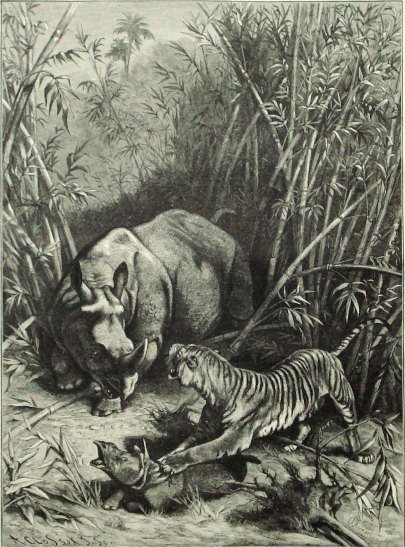 Source
Source
In
“La Periquita Julieta”
Arráiz puts education, politics and class issues under scrutiny. On a Samán tree, some animals have established a school. Some classy animals that live next to the tree complain about the noise. Tío Tigre goes to the school to answer the neighbors’ complaints. As Tío Tigre climbs the tree he realizes that the tree is perfect for his headquarters. From there he dominates the whole area. He talks to Julieta, a female parrot who is one of the schoolteachers. Tio Tigre demands that the school should be moved from that tree. She refuses of course, and they start a long diatribe about which is better, education or politics. Tío Tigre angrily leaves and goes to his advisors to design a plan to expropriate the Samán. Tío Conejo, who has a son in that school, decides to organize the resistance. He calls all the small animals of the forest and organizes a plot to trick Tío Tigre, but he is not mentioned again until the end of the story. When Tío Tigre gets to the Samán, some of Tío Conejo’s friends receive him and introduce him to a new invention that will facilitate the access to the tree: an elevator. They invite him to use the elevator and when he is high enough the elevator breaks down and Tío Tigre falls miserably. He is told later that everything was Tío Conejo’s idea.
 Source
Source
Arráiz tries to shape Tío Conejo heroic image away from the normative functions associated with war. He tries to subvert the paradigm by creating a hero whose peace-oriented behavior can “function normatively” (Roberts 3). When confrontation is inevitable, Arráiz’s Tío Conejo does not proceed individually. He involves others in his actions so that social unity or involvement becomes a key concept. Any lesson learned out of each confrontation is collective rather than individualistic. However, Arráiz knows that turning Tío Conejo into a hero is a difficult task, given the heroic ideal created throughout Venezuela’s history of confrontations.
An example of this fascination with warlike behavior can be seen in
“Los Flamencos”
. This is perhaps the most controversial tale of the collection. The tale overtly satirizes some social and political issues of the time. It raises questions regarding Venezuelan values in terms of social classes, identity, government, and nationhood. The story begins with a group of animals conversing at the bear’s house. The deer, who is a classy animal linked to the government, complains about hard work, and how some insect members of the press do not acknowledge their efforts. They talk politics; they discuss laws, agriculture, and good drinks. The chameleon complains about the ineffectiveness of so much legislation.
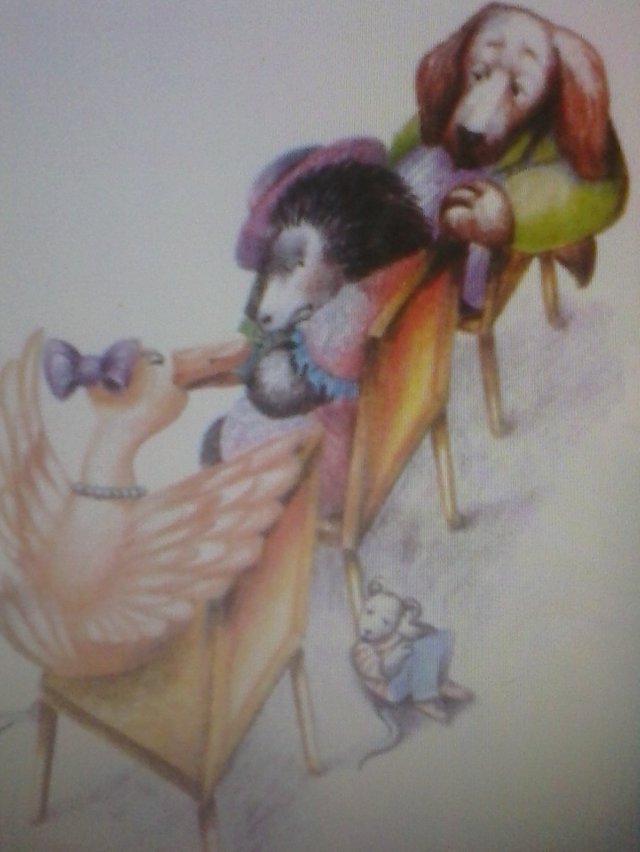
From Aquiles Nazoa's Libro de los Animales. Monte Avila Editores. Illustrations by Marcela Cabrera. Photos of my copy
Then the deer talks about his idea of a flamingo immigration program. Some of the animals agree that the race must be improved. They complain that “there are too many dark animals; too many monkeys…” The idea is proposed to Tío Tigre for military purposes also, “the Flamingos are the best soldiers in Europe,” says the Mochuelo, a bird that serves as Tío Tigre’s advisor. “They are the most disciplined, graceful, and martial. They’ll help us form beautiful troops” (104).
 Source
Source
The racial and military “Europeanization” of Venezuela was an idea that many presidents considered. From the times of Cipriano Castro (1899-1908), Europe, especially France, was seen as the model to imitate. Many Venezuelan military leaders went to France in the early XX century to receive what was considered the best education. In racial terms, the idea of promoting a selective immigration program materialized after WWII. In 1953, President Marcos Pérez Jimenez passed a decree authorizing the immigration of professionals (engineers, architects, doctors, mechanics, electricians, etc) from Italy, Portugal, France, and other east European countries. Although the contribution of all these peoples to the development of the country is undeniable, the conditions under which they were brought in revived dormant racist biases and the inferiority complex that is characterized with any trace of black blood in Venezuelan people despite the atmosphere of apparent racial equality.
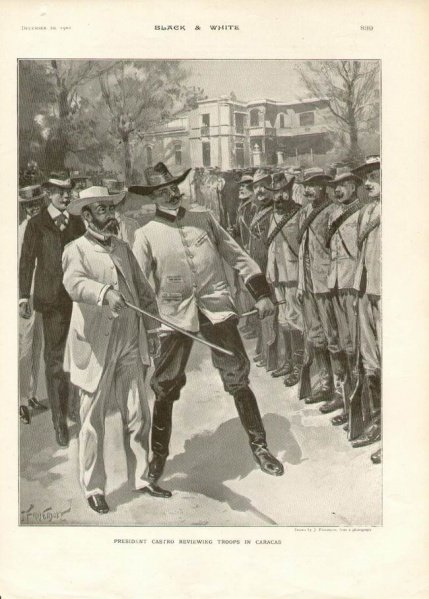 Source
Source
Cipriano Castro junto a Juan Vicente Gómez pasando revista a las tropas en 1902
Back to the tale, along with the immigration plan which animals received with divided opinions, Tío Tigre decrees against tree cutting (as used in slash and burn agriculture). He does this with the only purpose of attacking Tío Conejo who happens to be a carpenter and needs the wood to work. Without previous notice, Tío Conejo is arrested by a troop of flamingos. This “expedition” to capture Tío Conejo is organized as if they were going to war. Back in town, a cheerful crowd of animals expected anxiously for their military leader to come back, “I hope they don’t take any prisoners,” sighed the shy Zamurita. “On the contrary, I hope they do,” responded Colonel Querrequerre. “If something happens to our distinguished Commander, we’d have to retaliate: we’d be called to the front lines; every class of animal would be mobilized. In one word, it would be War!” (110).
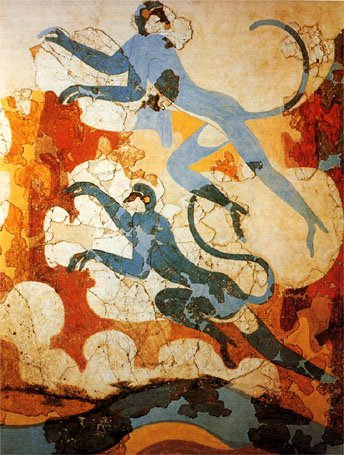 Source
Source
On the way to the town’s jail, Tío Conejo thinks of a trick to escape. He tells Tío Tigre that there is a new female monkey named Juana Jacinta in the Tití community. He also tell him that it would be a pity that the wonderful procession of flamingos would pass unnoticed, especially when it was known how much Juana Jacinta was in love with him. Tío Tigre decided then that he would impress that monkey and ordered the troops to deviate to pass by the Tití monkeys’ territory. What he found, though, was a guerrilla-like ambush. There was nothing the fancy flamingos could do to defend their chief. Tío Conejo escapes and Tío Tigre returns to the town angry and humiliated.
By inventing the scene of the ambush, Arráiz makes his point about Venezuela’s political instability. Since the federation was established in 1830 to the date Arráiz writes his tales, the country had constantly moved back and forth from militarism and political turmoil. Many military leaders were killed in that time period. After each killing or coup, the followers of that caudillo would reorganize in a guerrilla resistance and make their own revolution. That would lead to a change of government and its subsequent resistance and revolution, and so on.
To be continued…
Thanks for your visit.

Works Cited or Consulted
Araujo , Orlando and Oscar Sambrano Urdaneta. Antonio Arráiz. Caracas: EBVC, 1975.
Arráiz, Antonio. Tío Tigre y Tío Conejo. Caracas: Monte Ávila Editores, 1980.
Pelton, Robert. The Trickster in West Africa: A Study of Mythic Irony and Sacred Delight. Berkley: University of California Press, 1980.
Rivero Oramas, Rafael. El Mundo de Tio Conejo. Caracas: Ekaré, 1999.
Roberts, John. From Trickster to Badman: The Black Folk Hero in Slavery and Freedom. Philadelphia: University of Pennsylvania Press, 1989.
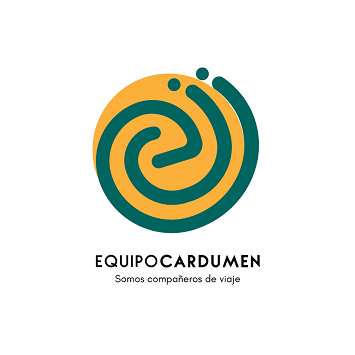

.jpg)
 Source
Source
 Source
Source







Congratulations @hlezama! You have completed the following achievement on the Steem blockchain and have been rewarded with new badge(s) :
Click here to view your Board
If you no longer want to receive notifications, reply to this comment with the word
STOPDownvoting a post can decrease pending rewards and make it less visible. Common reasons:
Submit